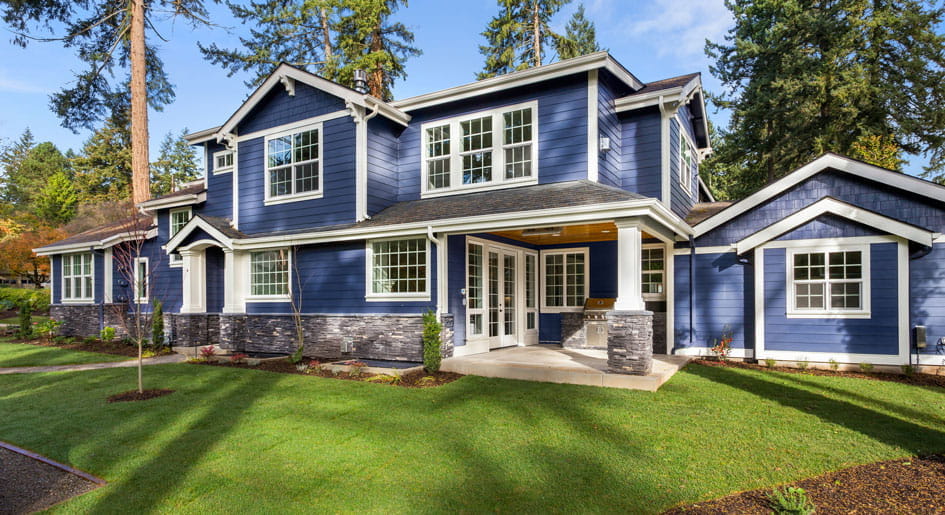Research Brief
Canada Housing
November 2025

Canada Housing Market Finds Its Footing as
Demand Picks Up and Supply Shifts
Firmer conditions taking hold. Housing market momentum continued to build in Canada, as home sales rose 0.9 per cent monthly in October — marking six jumps in the past seven months. This comes as lower borrowing costs boost confidence, buyers adjust to tariff-related uncertainties, and the nation’s labour market shows greater resilience than initially feared. New listings also fell 1.4 per cent, pushing the sales-to-new-listings ratio up to 52.2 per cent and signalling broadly balanced conditions. The median price of a single-family home rose 0.3 per cent from September, narrowing the year-over-year decline to 2.6 per cent. Inventory held at 4.4 months, its lowest level since January and below the long-term average of five months, highlighting how underlying demand is steadily rebuilding even as actual sales remain 4.3 per cent below last year’s level.
Mortgages nearing inflection point. Tariff-related inflation pressures and larger government deficits are still feeding into the broader economy, likely tempering further downward pressure on bond yields. Meanwhile, a near-neutral overnight rate and a narrower probability of future cuts may mean mortgage rates are bottoming out after two volatile years. This shift — combined with firming sales activity and pricing — creates a more constructive backdrop for potential buyers heading into 2026. While uncertainty remains, the worst of interest rate and trade-related shocks are now largely behind the market, and potential buyers are beginning to reenter as borrowing costs stabilize and forward visibility improves.
Commercial Real Estate Outlook
Revised immigration plans reshaping rental demand. National population growth is projected to hover near zero through 2027 due to Ottawa’s plan to sharply reduce the number of temporary residents to roughly 5.0 per cent of Canada’s population, combined with lower permanent-resident inflows. After years of record immigration fueling the purpose-built rental market, this abrupt reversal has already significantly cooled underlying apartment demand in Canada. Even so, structural constraints remain as ownership affordability is still stretched, and decades of underbuilding have left the sector undersupplied. While demand growth is likely to continue moderating, national purpose-built rental vacancy is still expected to hold relatively tight at roughly 4.0 per cent by the end of 2025, before potentially showing some early signs of stabilizing later next year.
Construction landscape driving a split in housing performance. Purpose-built rental starts have surged to all-time highs as developers pivot toward long-term, income-producing product supported by persistent rental scarcity and stable underlying demand. In contrast, single-family housing starts have been grinding lower in recent years, constrained by labour shortages and higher land costs, as well as affordability challenges and tighter financing conditions limiting buyer appetite. This divergence reinforces the near-term softening expected in the multifamily sector as a record pipeline works its way through the system, while simultaneously supporting stabilization on the single-family side — an early trend already visible in October’s price data.


* Through October; ** Through 3Q; v Forecast based on government’s immigration target
Sources: Marcus & Millichap Research Services; Altus Data Solutions; Canada Mortgage and
Housing Corporation; Capital Economics; CoStar Group, Inc.; Statistics Canada
TO READ THE FULL ARTICLE

